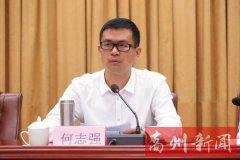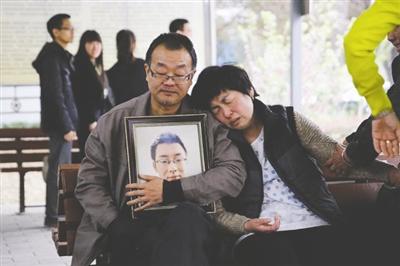Development of protection-focused health insurance not start
Over the past five years, the annual growth rate of China’s health insurance market has jumped from 2% in 2010 to 41% in 2014, much faster than the speed for life insurance. China’s health insurance premium increased from RMB 67.7 bln in 2010 to RMB 158.7 bln in 2014, accounting for 12% of the overall life insurance industry (including life insurance, health insurance and personal accident insurance) in 2014, compared to only 6% in 2010.
However, the speed of growth of health insurance market does not match that of the upgrade of protection level for the users. In fact, most of the products that have experienced rapid growth in premium are not protection-based medical plans. Users get limited or insufficient protection buying these plans and the business models of selling these plans are unsustainable in long-run. To explain the reason behind this, we must analyze the three key aspects of China’s health insurance.
First, the majority of China’s health insurance market is composed of products with limited protection scopes. In 2014, China’s health insurance premiums totaled RMB 158.7 bln, with a CAGR of 24% for the five years between 2009 and 2014. However, more than RMB 70 bln premiums were generated from selling lump-sum products (mainly critical illness plans), and another RMB 70 bln from corporate BMI + plans (those that offer a limited upgraded protection above BMI for corporate employees). Neither of the products can offer real risk protection upon sickness and players in the two sectors have been suffering from intensifying price battle due to lack of differentiation.
Currently, the products that are driving the market growth share three characteristics. First, they offer limited level of medical protection, far from enough for real sickness. Secondly, they do not offer any medical intervention services after sickness. In most cases, the insurers pay the claims passively, with no services to help the member regain health. For example, the catastrophic disease insurance plans offer a lump sum of money that may not be enough to cover the medical bills and living costs. The members are still on their own for health services. Thirdly, the insurance companies that offer these plans do not focus on building long-term relationships with the members. Price battle is strong and products do not differentiate, making change of vendors very easy and at no cost for both individual and corporate clients.
If excluding the above two types of products, the insurance market that offers real medical value totaled less than RMB 5 bln, still an infant market. High-end medical plans targeting expatriates and Chinese rich are the majority of it. However, due to affordability challenge and the heavy focus on expensive hospitals, high-end products have experienced strong growth bottlenecks and cannot be the mainstream of health insurance in the future.
Therefore, from the point of view of the product and protection level, real health insurance market with products that can offer value for supplemental protection above China’s BMI has not really showed up yet.
Second, China does not have a good ground for the development of protection-focused health insurance products. China’s BMI offers universal health protection. Its main goal is to enlarge the size of insured but not the protection level. Under such background, the opportunity for commercial health insurance lies in supplemental protection. However, an obstacle for rapid growth for commercial side is the lack of tax benefits. Corporates enjoy a certain level of tax reduction when purchasing commercial insurance plans for their employees but individuals still have to pay income tax when receiving the benefits from their employers. China also have a large group of business owners who pay limited BMI for themselves or do not pay any kind of social protection. Limited or lack of tax benefits mean low incentive from the user side to purchase commercial plans.
Moreover, China has a very weak group market for health insurance. In a mature insurance market, group plans could take about 40%. Group insurance means better cost control, compared to individual plans, due to lower adverse selection, especially in underdeveloped market like China. However, the development of group insurance market requires professional sales staff with the understanding of the products and benefits. The team should be more specialized than what China currently has for selling insurance, including telemarketer, bancassurance and personal agents. These easy-to-replicate channels do not have specialized agents who truly understand health benefits, and the channels are better fit for selling simple product such as life, accident and lump-sum plans, but not protection-focused health plans.
Finally, it is very difficult for health insurers to intervene health delivery. There are two reasons behind this. First, China’s public hospitals have strong power over the payers and they do not count on commercial payers to bring them patients. Even the VIP rooms of public hospitals, though much more expensive than general services, are already very crowded. Second, the service fees at public hospitals have been long underpriced and cannot match the true value of doctors, leading them to make income from writing more prescriptions so they get money paid from pharmaceutical companies, causing over-treatment and distrust from patients. BMI administrators and commercial insurers do not have good mechanisms to control medical costs in such picture.
In summary, China’s health insurance is still in its very early stage. Affordable products that can meet the needs for a wider range of targets and offer real medical protection value has not yet appeared. The opportunity lies in products that can fill the gap of protection and services for the middle end customers.







